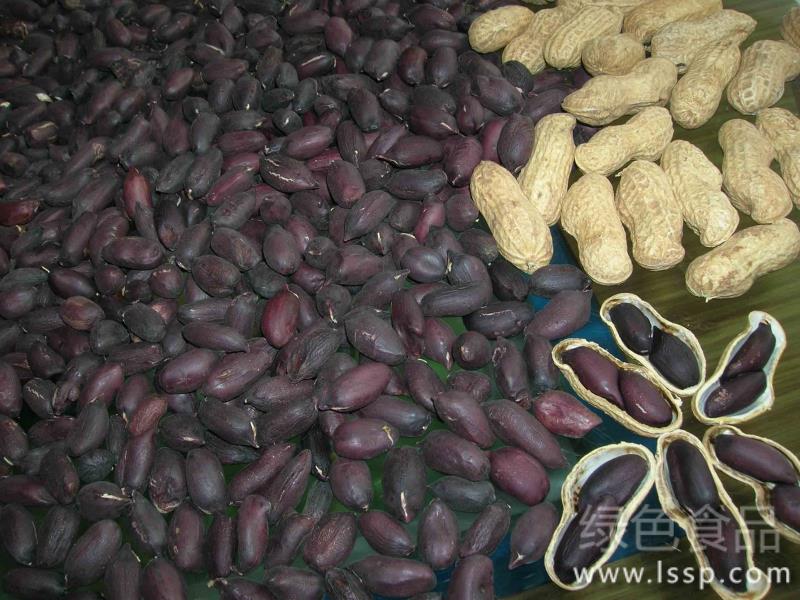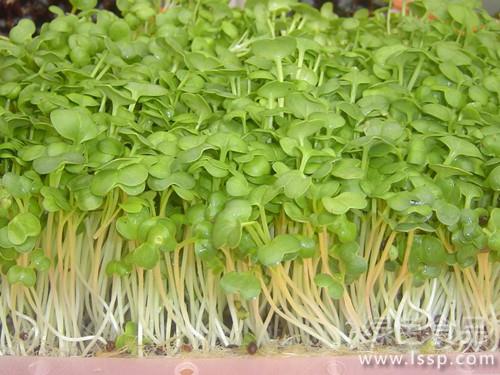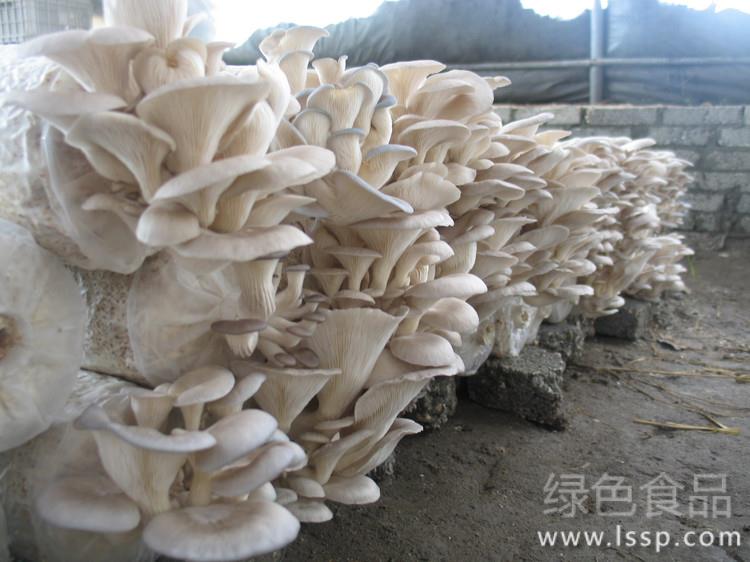Cultivation techniques of black peanut with special health care effect

Black peanut
Black peanut is a wonderful plant of peanut family, which has high nutritional value and special health care effect. Black peanut is rich in nutrition, rich in high-quality protein, unsaturated fatty acids, selenium, potassium and other mineral elements. more importantly, peanut clothing also contains flavonoids, black peanut pigment, resveratrol and other biological ingredients with unique functions, the following introduces the planting techniques of black peanuts.
I. selection of planting plots
Black peanut is suitable for planting in all kinds of soil with pH 5.5-7.2, and it is best in the soil with deep soil layer, active plough layer, good soil property and good drainage, and the oil sandy land is the best.
Second, cultivation time
When the soil temperature of 5 cm is above 15 ℃, the seeds can be sown. It can be planted from early March to early May.
3. Seed treatment
Soak seeds with 15 kg of water for 3 hours before sowing, and disinfect seeds with 50 grams of dimethoate at the same time. 50 kg of seed dressing with 40%-50% carbendazim 150-250 g can control stem rot.
IV. Planting methods
1. Strip sowing with line spacing of 30 cm.
2. Hole sowing, spring sowing has a density of 9000 holes per 667m2, and the row spacing is 39cm × 18cm. The density of summer sowing is 11000 holes per 667m2, the row spacing is 35cm × 16cm, and each hole is sown with 2 black peanut seeds.
V. rational fertilization
The base fertilizer is 2000 kg of biological fermented compost, 10 kg of urea, 35 kg of phosphate fertilizer, 30 kg of potassium sulfate, 0.5kg of boron fertilizer and 1 kg of zinc fertilizer. At the stage of 3-4 leaves, 25-30 ml of chlorhexidine was sprayed once every 7 days, 3 times in succession. In the early flowering period, 15 kg of water was sprayed with nutrient solution, once every 10 days, 3 times in a row. Cover the base of the plant with soil at full flowering stage, so that the root is not unearthed, and spray nutrient solution 7 days later.
VI. Weeding
Spray 700 grams of Acetochlor to water every 667 square meters before sowing, or spray the ground evenly with 75 milliliters of 50% Acetochlor EC to 100 kilograms of water. The ground was sprayed with 100 grams of water every 667 square meters during the 2th and third leaf period of peanuts, and finally artificial weeding was carried out.
VII. Disease and pest control
2000 times of Jinggangmycin water agent can be used to control blight in peanut seedling stage. For aphids that transmit virus, when the rate of aphids reaches 5%-10%, spray 10% imidacloprid wettable powder 3000 times or 40% dimethoate emulsion 1000-1500 times. For brown spot, black spot, anthracnose, etc., spray 1000 times of 50% carbendazim wettable powder or 80% mancozeb wettable powder at the initial stage of the disease, once every 7 to 10 days, three times in a row. When the leaves turn yellow during the growing period, check the roots in time to find root rot. Spray 15 kg of water with 50 grams of root rot for 5 times every 667 square meters. To control ants, potassium and chlorine powder is mixed with base fertilizer.
VIII. Field management
Peanuts need a lot of water at flowering and podding stage, and should be watered in time in case of drought. Peanuts are afraid of waterlogging and should pay attention to drainage in rainy season, especially in podding period to prevent waterlogging to prevent rotten fruit.
IX. Timely harvest
The middle and lower leaves of the plant fell off normally, and the seed coat was harvested when the seed coat was pink. Dry in time after harvest to prevent mildew of black peanuts.
- Prev

High-yielding cultivation techniques of fresh and tender vegetable radish sprouts
High-yielding cultivation techniques of fresh and tender vegetable radish sprouts
- Next

Reasonable attention should be paid to "Nine look and Nine taboos" in Mushroom Water Management
Reasonable attention should be paid to "Nine look and Nine taboos" in Mushroom Water Management
Related
- Fuxing push coffee new agricultural production and marketing class: lack of small-scale processing plants
- Jujube rice field leisure farm deep ploughing Yilan for five years to create a space for organic food and play
- Nongyu Farm-A trial of organic papaya for brave women with advanced technology
- Four points for attention in the prevention and control of diseases and insect pests of edible fungi
- How to add nutrient solution to Edible Fungi
- Is there any good way to control edible fungus mites?
- Open Inoculation Technology of Edible Fungi
- Is there any clever way to use fertilizer for edible fungus in winter?
- What agents are used to kill the pathogens of edible fungi in the mushroom shed?
- Rapid drying of Edible Fungi

